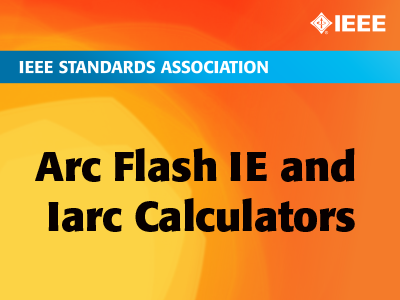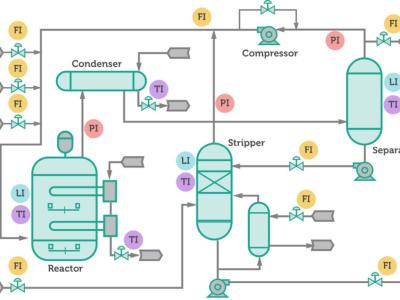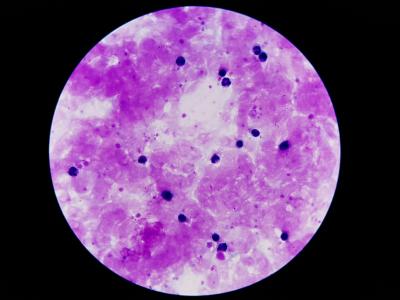X-ray microscopy of articular cartilage: non-stained vs optimally stained
- Citation Author(s):
-
Ying ZhuDragana PonjevicJohn MatyasSteven Boyd
- Submitted by:
- Ying Zhu
- Last updated:
- DOI:
- 10.21227/85rd-6k68
- Data Format:
 241 views
241 views
- Categories:
- Keywords:
Abstract
X-ray microscopy of a same bovine articular cartilage is enhanced by 16 hours of phosphotungstic acid (PTA) staining, showing cartilage collagen network, chondrocytes and tidemark, while the 0 hr non-stained x-ray microscopy could not resolve these features within articular cartilage.
Instructions:
The movie file format .mpg could be opened using QuickTime Player.
Abstract: Contrast-enhanced x-ray microscopy of articular cartilage
Authors: Ying Zhu, Dragana Ponjevic, John R. Matyas, and Steven K. Boyd
Osteoarthritis (OA) is a common chronic disease of joints typically characterized by degenerative changes of articular cartilage. An early diagnosis of OA may be possible when imaging excised tissue for research in situ at the cellular-molecular scale. Whereas cartilage histopathology is destructive, time-consuming, and limited to 2D views, contrast-enhanced x-ray microscopy (XRM) can image articular cartilage and subchondral bone in 3D. This study evaluates articular cartilage structure ex vivo using both techniques.
Osteochondral plugs were excised from non-diseased bovine knees and stained in phosphotungstic acid (PTA) for 0 to 32 hours. XRM imaging revealed an optimal staining time of 16 hrs and a saturated staining time of 24 hrs. Histology sections were cut and analyzed by polarized light microscopy (PLM) and second-harmonic-generation dual-photon (SHG-DP) microscopy. Histology photomicrographs were aligned with matching XRM slices, and evaluated for features relevant in histopathological scoring of OA cartilage, including the tidemark, collagen architecture and chondrocyte morphology.
The cartilage collagen network and chondrocytes from the 3D PTA-enhanced XRM were correlated with the 2D histology. This technique has two distinct advantages over routine histopathology: (1) the avoidance of dehydration, demineralization, and deformation of histological sectioning, thereby preserving the intact articular cartilage and subchondral bone plate, and (2) the ability to evaluate the entire osteochondral volume in 3D. This work validates several diagnostic features of cartilage, including: visualization of the tidemark in XRM and SHG-DP microscopy, validating the morphology of chondrocytes and nuclei with XRM, SHG-DP and PLM, and correlating collagen birefringence with XRM image intensity.







